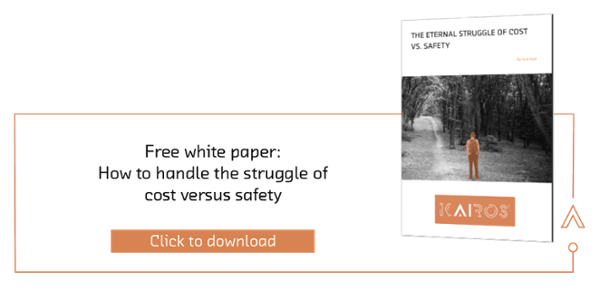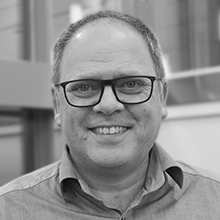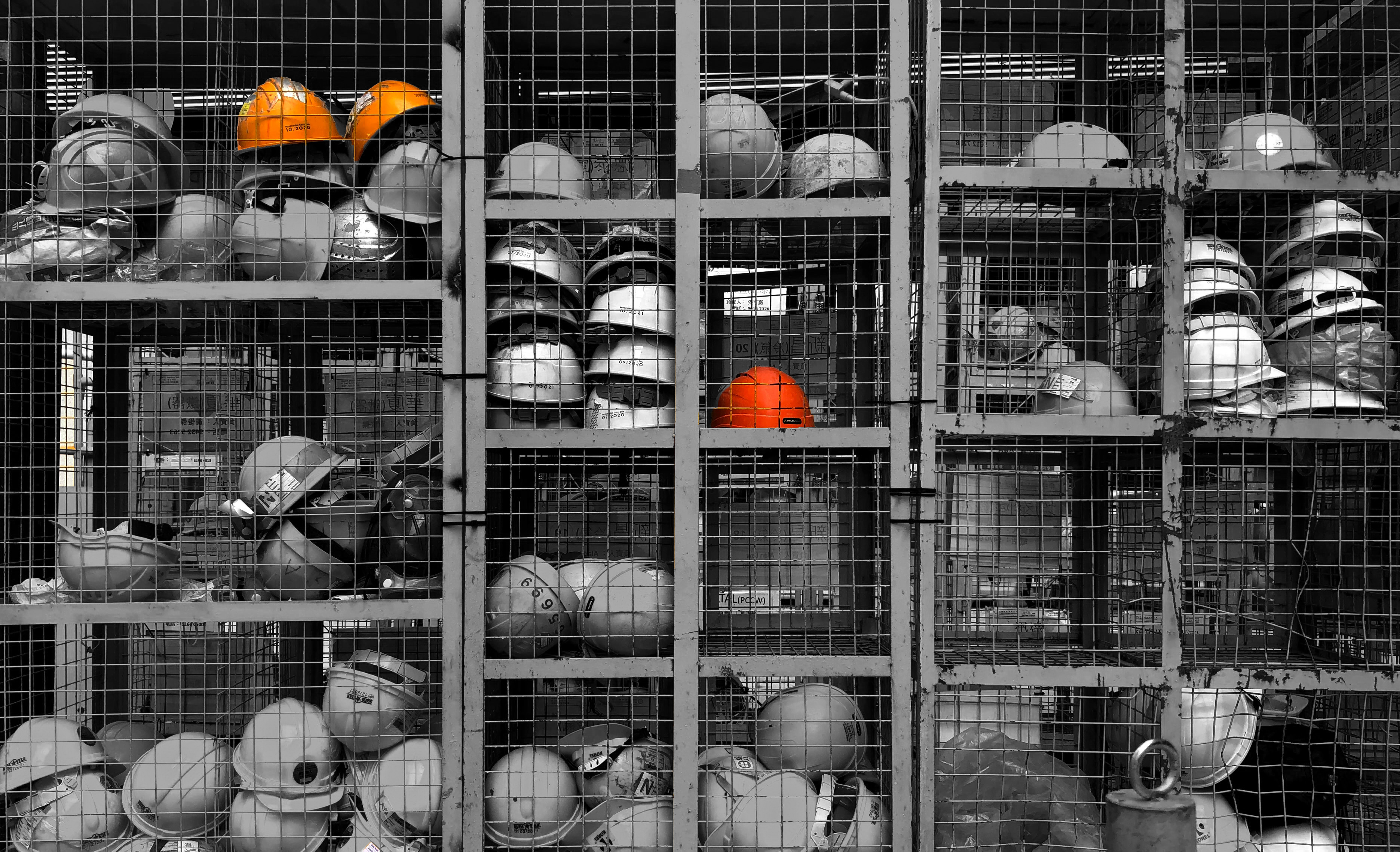The safe operation of an asset is one of the most important things to ensure. We all know that the possible consequences of an incident may involve damage to people, asset, and the environment. Process industries are using various techniques to identify and prevent hazards and incidents. So how can we sleep well at night, and know that the safety has been maintained using the best practices available? One approach is to use hazard study techniques to understand and prepare for the different risks. This is only one part of a complex challenge where several important factors can have an influence, such as training, safety culture, workload, and process design.
It is of vital importance for the safe operation of a process or plant that the potential hazards are identified and possible developing scenarios leading to unwanted consequences are analyzed in a structured and systematic approach. For an excellent list of different hazard identification techniques, we recommend report HSL/2005/58: https://www.hse.gov.uk/research/hsl_pdf/2005/hsl0558.pdf
Selecting the best hazard study technique
The many different techniques have different features and may fit the different phases of a development project at different milestones. Ideally, the hazard study should be performed as early in the project phase as possible because the cost of changes increases as the project progresses. The problem is that you must reach a certain maturity in the design before some of the evaluation techniques provide useful information.
How often should a hazard study be performed?
Different processes and different industry sectors make different use of hazard studies. For a typical greenfield development of a petrochemical or O&G process, it is common practice to perform 1-3 HAZOP studies before the start of the operation phase and then retrospective studies (re-HAZOP) every 5 years. The re-HAZOP may be performed as a “new” HAZOP or as a deviation HAZOP, where initial HAZOP reports and changes (MoC – Management of Change) in addition to incident reports are used as basis for an update. All changes with a minimum level of complexity will be subject to a HAZOP regardless of a re-HAZOP process.
Digitalisation of the safety studies
The best solution for safety studies would be to use an always updated digital twin of the plant process. Again, the challenge is that digital twins based on high-fidelity mathematical models from first principles are only available at a late stage in projects and require hours to run a single scenario for testing. This is not realistically achievable today. A different approach using machine learning digital twins fail to predict the first incidents that has never happened. The only practical digital twin available for hazard studies today is based on qualitative physics using MFM models. A good implementation of a MFM digital twin may be used at different levels of maturity of the design. Different views of the causality may be used for different studies. I.e., petri-nets, bowties, and safeguard maps based on the same twin. If you want to learn more about MFM, check out this link.
What is the issue?
So why do we struggle keeping the hazard studies updated when we all want to avoid accidents and keep people, assets, and the environment safe? Time and effort are often the limiting factors. Most of the techniques are qualitative and labor intensive, requiring highly experienced personnel. In other words, we need to invest heavily in avoiding something that might not happened keeping our best people busy with thinking about what might go wrong. A painful decision to make – “it never happens to me”.







